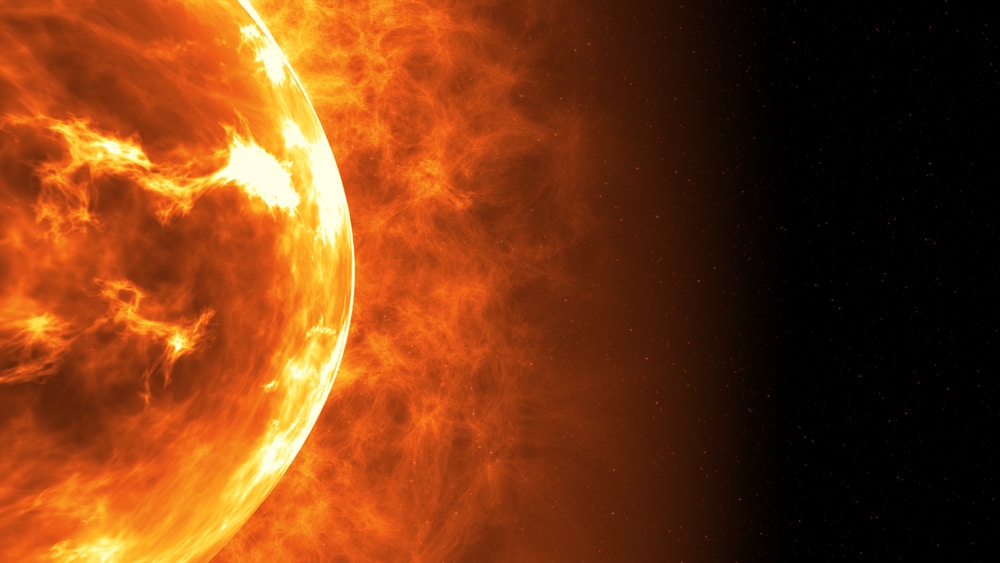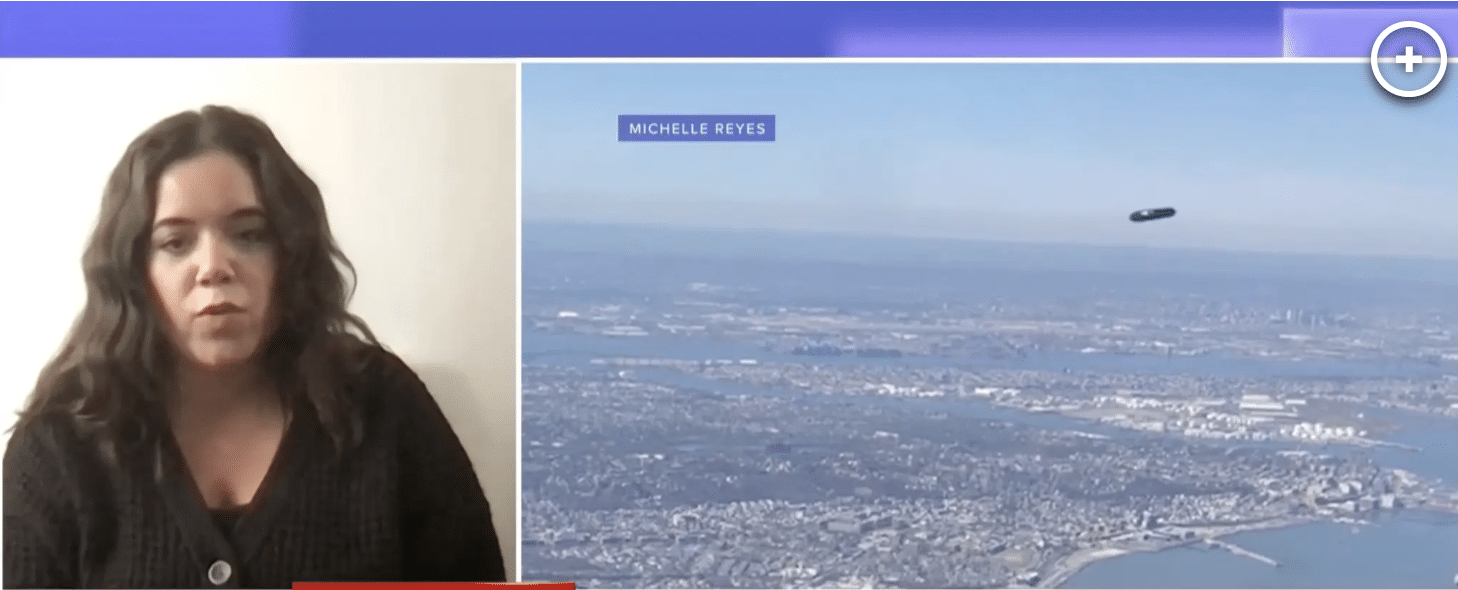I am often amazed at the Earth. It is such an amazing planet. All aspects of weather fascinate me, and my sheer awe of it defined my career pathway early on. When I see something extraordinary, it captures my attention even more. Meteorologists and weather enthusiasts marveled at something quite amazing this week. A tropical cyclone-like feature formed off the coast of Chile. Yep, that one in South America. Technically, it is what we call a subtropical cyclone. What does that mean and just how rare is this?
I want to deal with the second question first. It is very rare. This part of the Pacific Ocean is typically too cold to support the development of tropical cyclones. One of the reasons is that there is a process called upwelling that brings deep, cold water up near the Chilean coast (see diagram below). Chile is also located in a global circulation pattern in which the air typically sinks. Any basic meteorology course describes how latitudes near 20 to 30 deg North (and South) are situated in sinking branches of something called the Hadley Cell. READ MORE


















Not so much about the Nexrad HAARPsicord
spoken of herein.
Climate change via geoengingineering~
‘ORDO ab Chao’ is Ramping up.
Eph. 6:12 kjv>